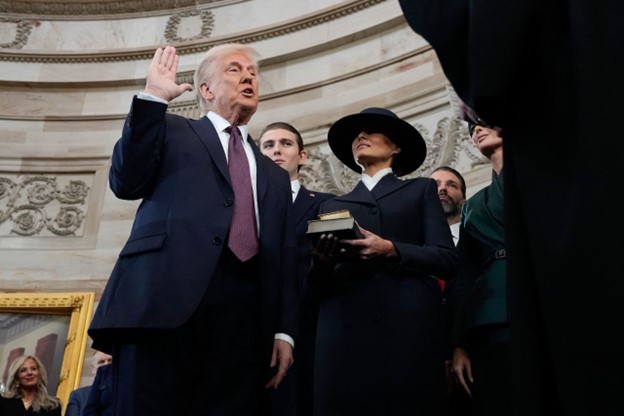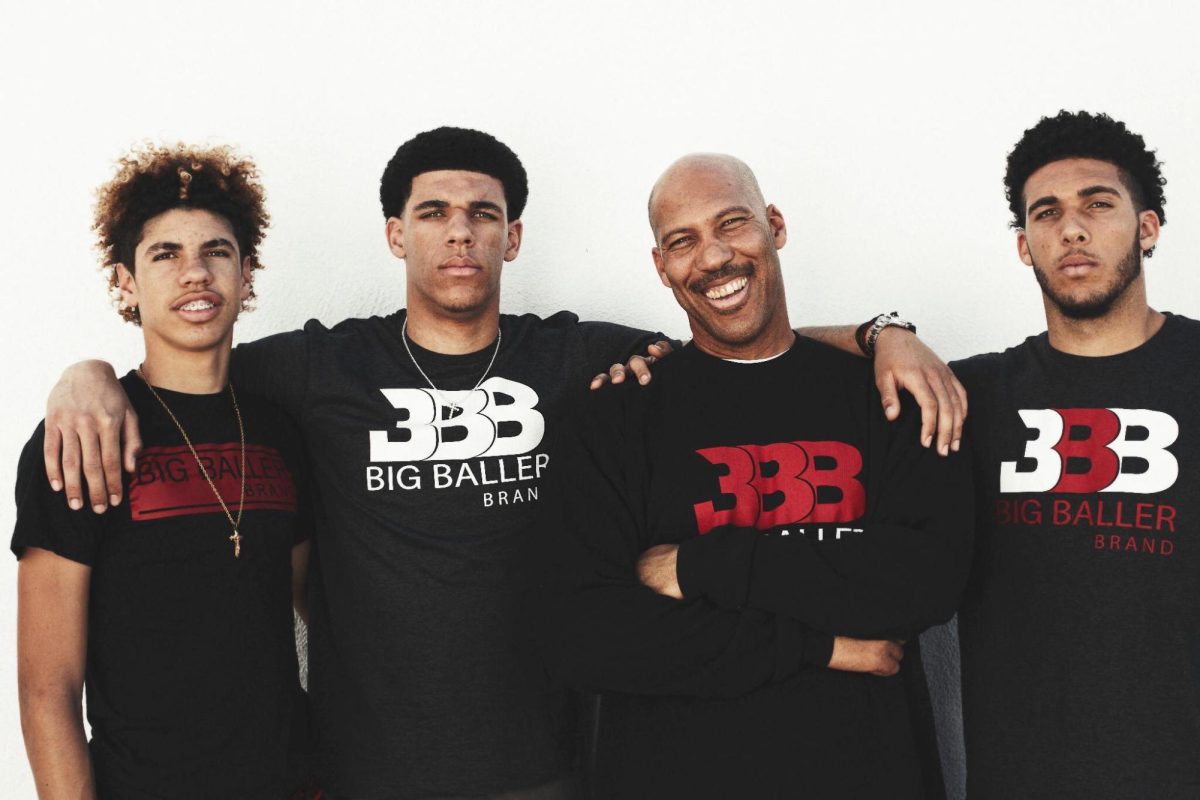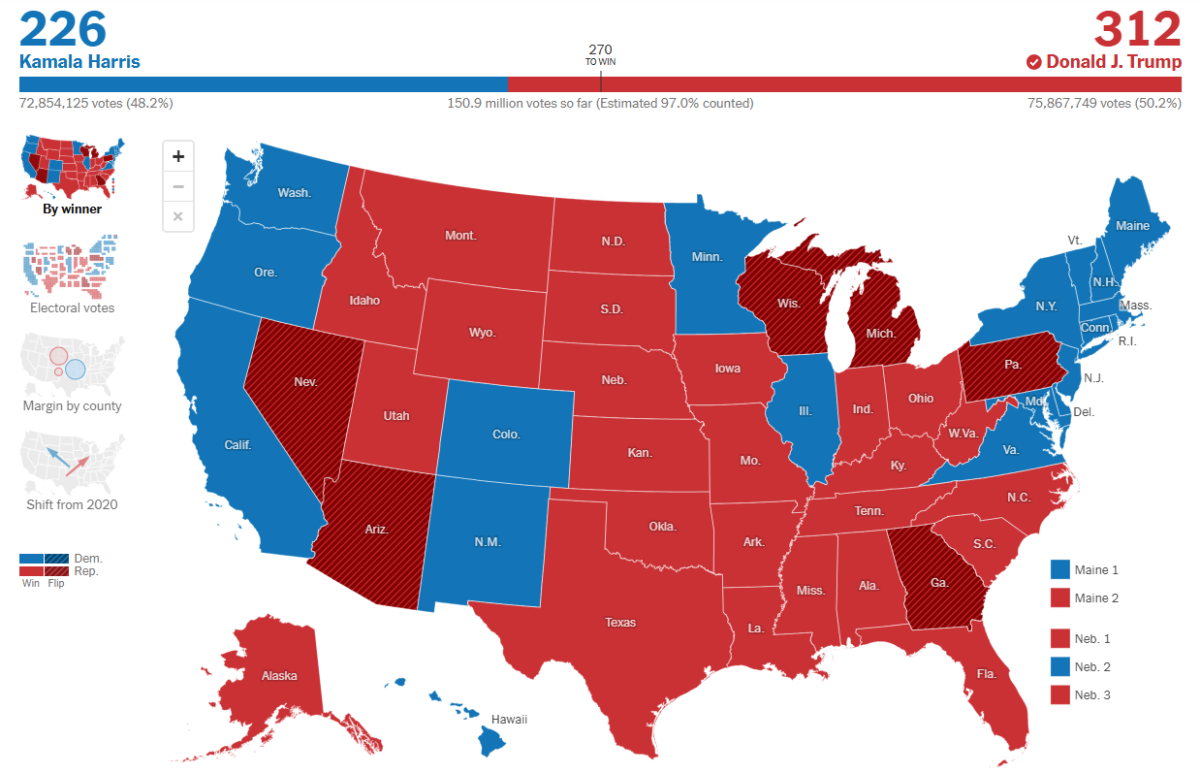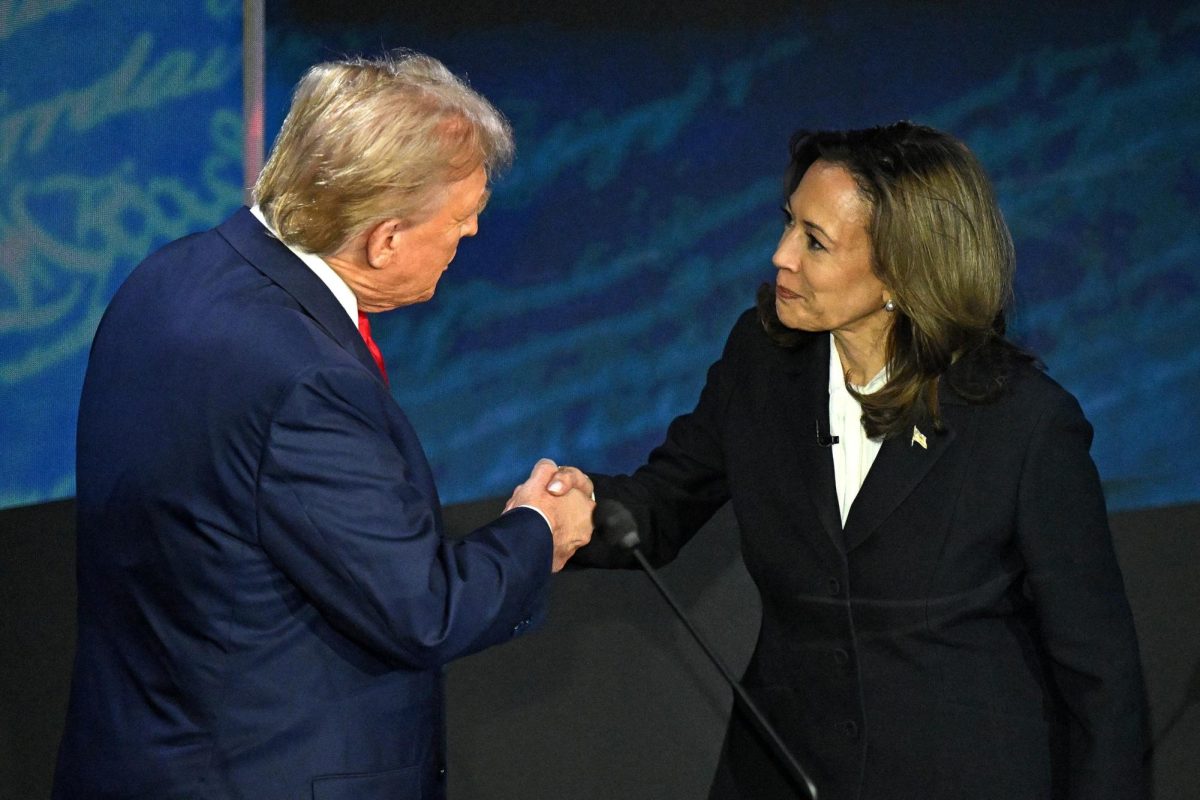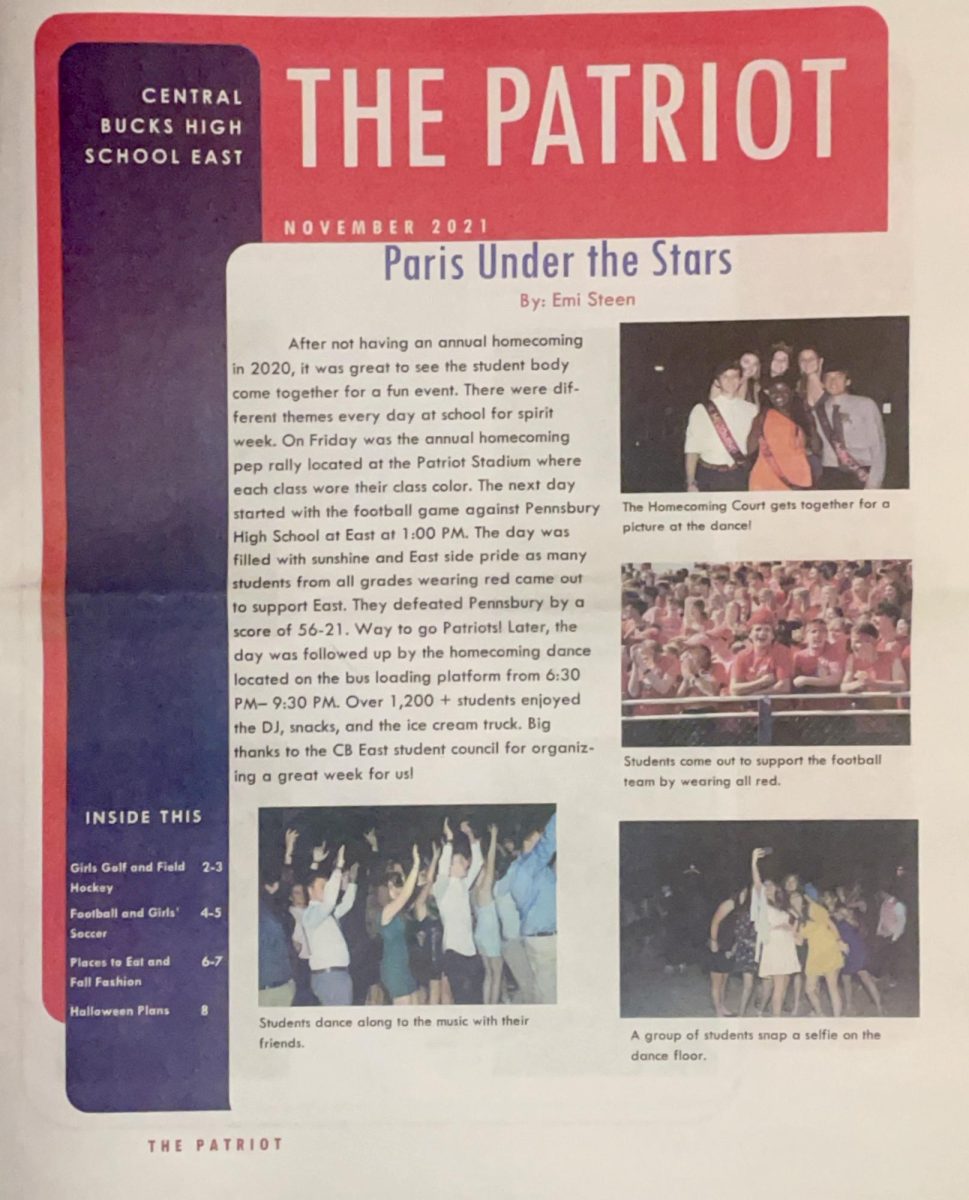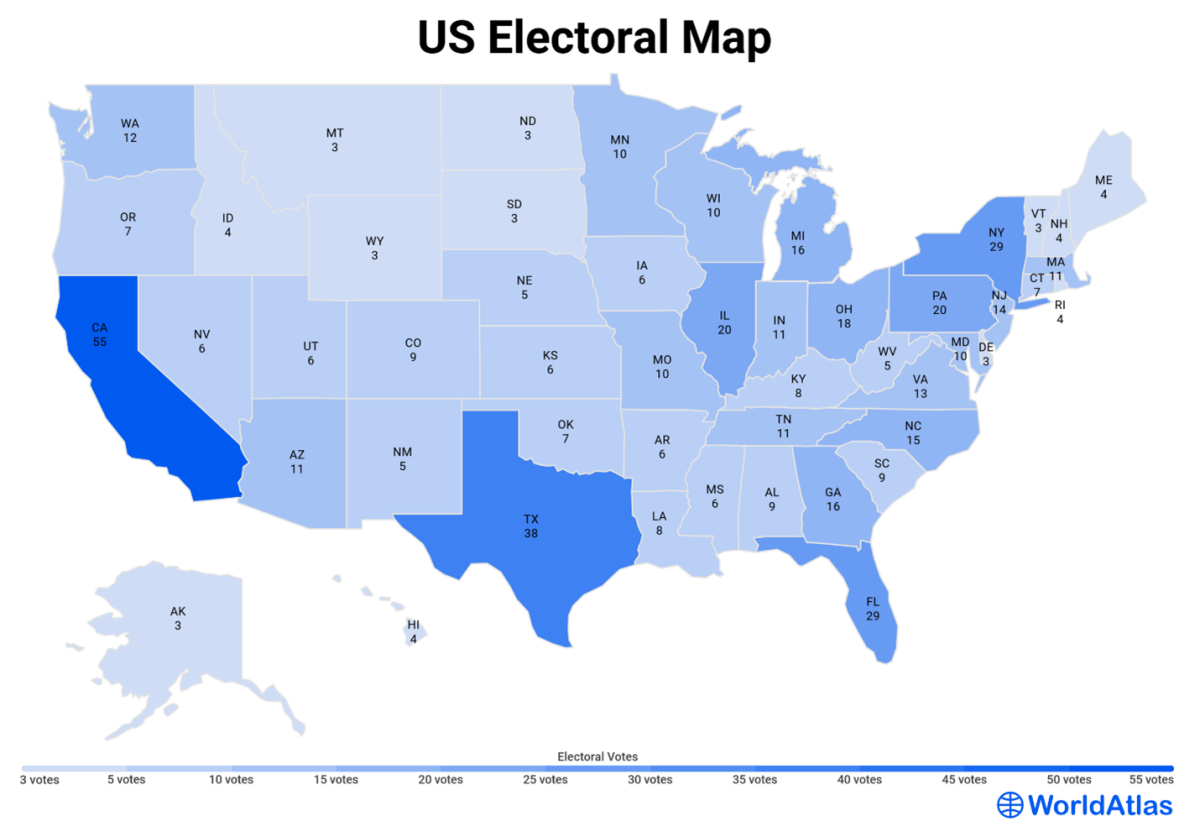With an election right around the corner, we will begin to see a lot more political ads and some speculation of who will win, but have you ever considered how they win? Many people know about the Electoral College, but not how it works. The United States does not select its president based on just who got the most votes overall; it is more complicated.
It is based on a group of select people from each state, and they meet on the second Wednesday in December after the election. The problem is that most states have a winner-take-all system, meaning you can get all the votes even if you do not win every single one. So, if you get over half the votes from a state that uses the system, you will win every vote in that state.
So, you may ask why we still have the Electoral College. The first reason is that it would require a constitutional amendment that gets rid of certain parts of Article I and Article II, as well as the 12th Amendment, 17th Amendment, 23rd Amendment, and 24th Amendment. This would require a new amendment, and in that amendment, you would need to repeal all these amendments. The amendment to repeal them all would also have to outline the new system, and all these amendments are not all about the Electoral College. Some mention the Electoral College and some other particularly important rights, so a new amendment would need to include these rights. With the number of amendments removed to get rid of the electoral college, it could take years to have a new amendment ratified.
To start the process is with a constitutional convention. The only way to call a constitutional convention is with 2/3 of state legislators. In the convention, any amendment could be proposed, making it less likely for a convention to happen. The other way is with Congress proposing an amendment. This would need 2/3 of Congress to propose an amendment. Once the amendment is proposed, it goes to the OFR to process and publish it. Afterwards, the Archivist submits the proposed amendment to the states. Following that, the governor of each state submits it to their state legislators and if ¾ of the states ratify the amendment soon after goes to the OFR for verification and finally it is a part of the constitution.
This process would probably take years and lots of struggle. But if it were to happen, then the United States would only ever have a president that was voted in by the majority and not a system that causes people who are not popular to become president. If this were to happen, the United States would let the people decide even more and have a lot more people’s voices heard, making the United States even more democratic. Looking forward, we should reconsider our democracy, currently choosing leaders by a 200-year-old system rather than by the people.



















